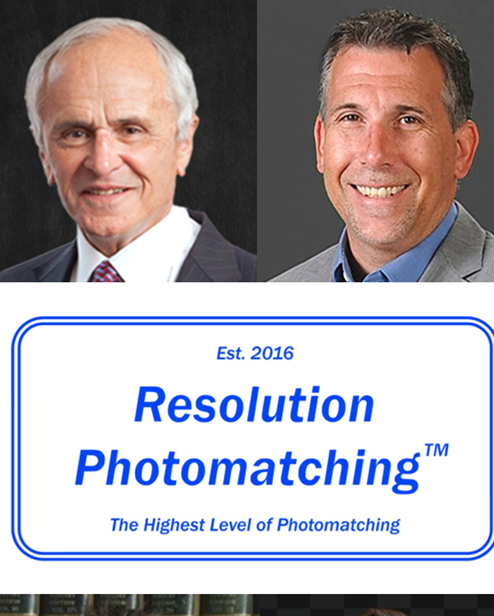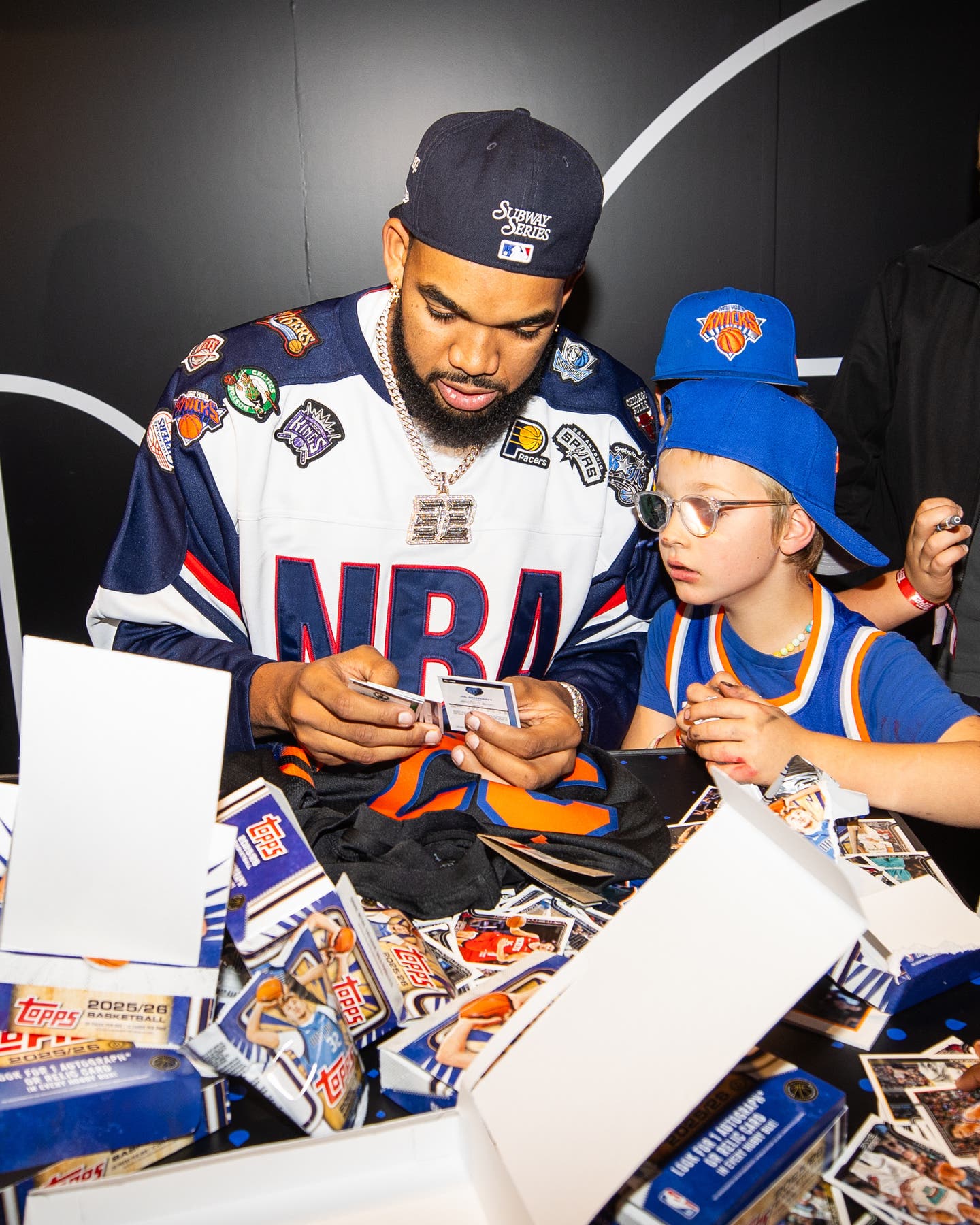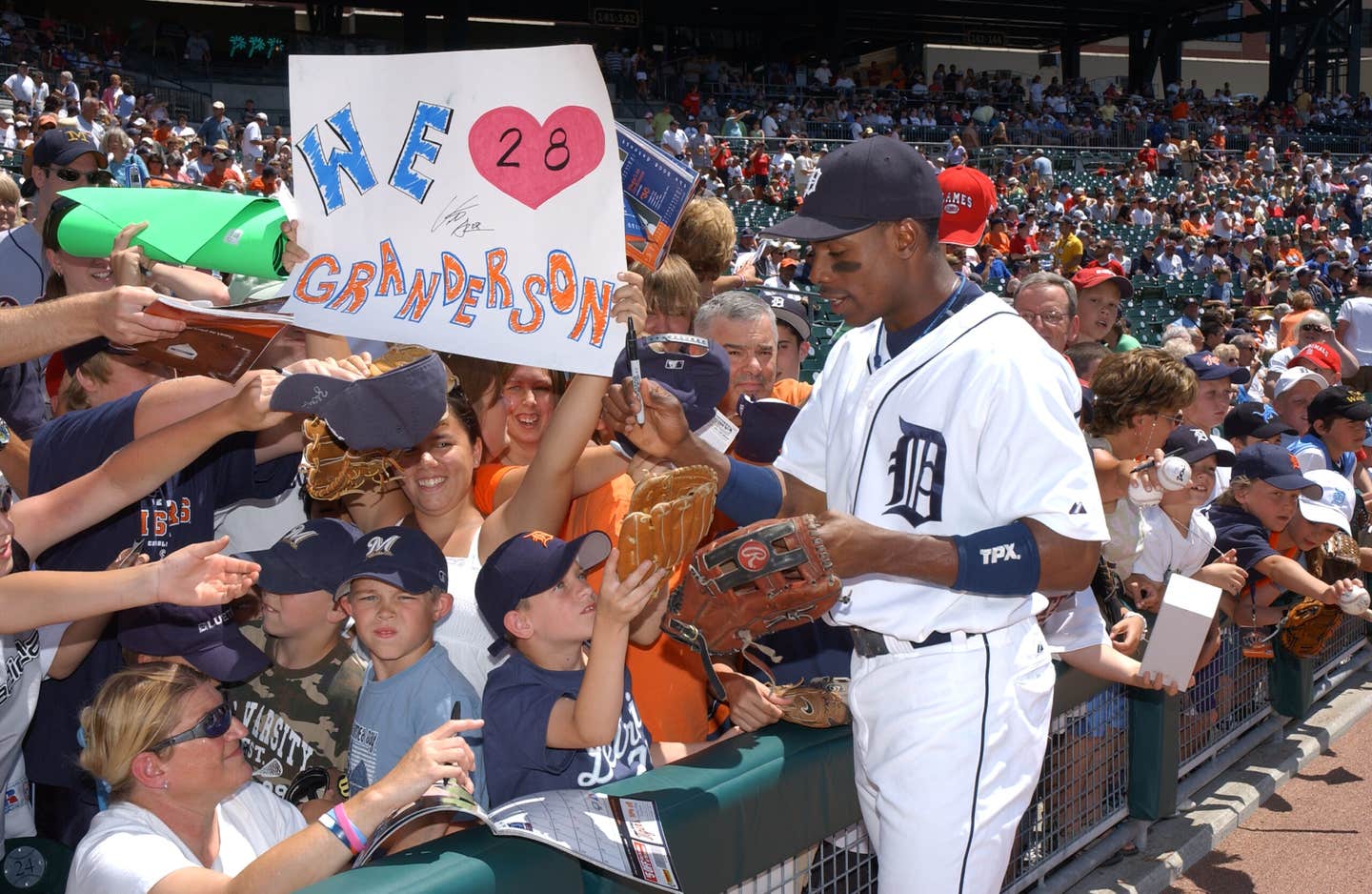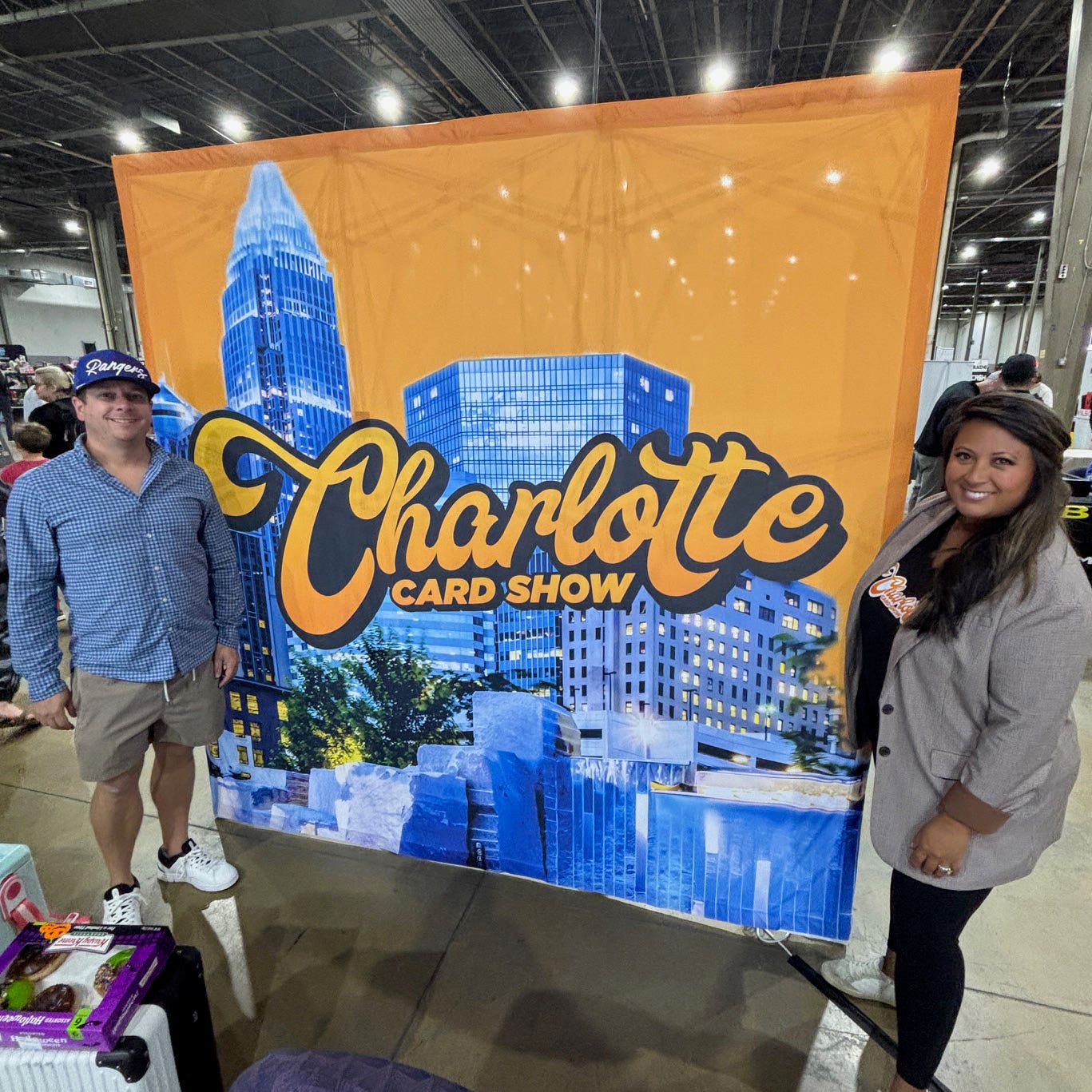Fraud Issues
How Forgers Make Cash from Fake Celebrity Photos and Movie Posters
By Kevin Nelson
(Editor’s note: This is the latest in our series on the notorious Operation Bullpen forgery ring and the lingering damage it did to the collecting hobby.)
The Operation Bullpen gang who ripped consumers off for $100 million in the 1990s and did so much to wreck public confidence in the collecting hobby focused mainly on sports forgeries. Sports forgeries were (and are) generally more lucrative than other types of forgeries. Collectors are willing to pay thousands and even tens of thousands of dollars for rare pieces signed by the likes of Michael Jordan or Muhammad Ali.
Even so, the forgery network broken up by the FBI in its celebrated 1999 bust also did a big business in celebrity, political and rock ‘n’ roll forgeries, such as this photo of the Beatles with the fake sigs of John, Paul, George and Ringo.
One of the biggest differences between sports and celebrity autographs is that there are so many more potential collectibles in sports. A Michael Jordan fan, for instance, can collect dozens of different products if he chooses, everything from basketballs, jerseys and sneakers to golf balls, cereal boxes, figurines and more. This is true for all big-name athletes; there is a ton of material out there to collect.
For those who collect celebrity and political stuff, however, the pickings are much slimmer, limited mainly to posters and photographs (and in the case of older musical acts such as the Beatles, album covers). Two of the photos that accompany this article are historical in nature – a portrait of the five presidents who gathered for the opening of the Richard Nixon presidential library in 1990 (similar to the recent opening of the George W. Bush library in Texas, in which Carter and George H.W. Bush were also present) and the epic picture of Neil Armstrong, the first man on the moon.
The signatures here are all counterfeits produced by the Operation Bullpen crew, which, like all forgers, liked to work with photographs because they can easily reproduce and print them in tremendous quantities. After Armstrong’s death in August last year, photos with his bogus signature appeared on eBay and elsewhere seeking to exploit the public’s affection for this true American hero. Some of these forgeries originated years ago with the Operation Bullpen ring, and some are the work of more contemporary crooks.
Movie posters are another attractive item for both collectors and forgers. Neither the posters of The Godfather and Lord of the Rings nor the Star Wars photo has been shown to the public before, to my knowledge. All are supposedly signed by cast members – all, in fact, are forged – which, to me, suggests the truly astonishing degree of self-deception or just plain ignorance that some people show when buying pieces of this sort.
Some years ago, I visited the Scottsdale, Ariz., home of a wealthy business entrepreneur who had made millions in software marketing. As brilliant as he was in business and technology, though, when it came to collecting he was remarkably naïve – or gullible, if you prefer. On a tour of his home he showed me a cast-signed poster of Pulp Fiction that was hanging in an honored spot on the wall outside his home theater screening room. He proudly recounted the story of how, while on a trip to Hawaii, he saw a cast-signed Pulp Fiction poster at a memorabilia shop. But rather than buy that one, he went on the Internet and snapped up a different cast-signed poster that sold for less than the one at the shop. This was the one that hung in his house.
I did not have the heart to tell him that he had spent thousands on what was surely a forgery.
The idea that Quentin Tarantino, John Travolta, Bruce Willis, Sam Jackson and Uma Thurman or the cast of any major movie (or for that matter, the Beatles) would be sitting around together signing photos and posters – and that these posters would be on sale, for cheap, on the Internet – is simply goofy. And yet many otherwise sophisticated people, apparently letting the wide-eyed child in them overwhelm their capacity for rational thought, indulge in this goofiness all the time, all the while padding the bank accounts of the forgers and their duplicitous accomplices.
The “Goodfellas” script pictured here is also being shown for the first time. The FBI, which gave all these images to me when I was doing research for my book, Operation Bullpen: The Inside Story of the Biggest Forgery Scam in American History, confiscated it before it could reach the marketplace. But still, one could imagine a collector paying a high price for it if given the chance to bid on it. It is unusual to see an actual movie screenplay, let alone one for a Martin Scorsese mob film. A collector might have thought that since the piece was so unusual, it made sense in some curious way that Scorsese, Robert DeNiro, and the other stars of the movie might have all signed the script, too.
A collector might have thought this – and he would have been wrong. One of the unfortunate truths of collecting is that even unique curiosities can be fakes.
Next week: You better not count on the FBI or law enforcement to bust the forgers and memorabilia crooks who are operating today, and we will tell you why.
Kevin Nelson is the author of Operation Bullpen: The Inside Story of the Biggest Forgery Scam in American History.
For the other articles in this series, click on the links below:
• Operation Bullpen, and Why Forgers Don’t Always Hit the Sweet Spot
• How To Trick People and Get Away With It: The Art and Craft of the Forger
• The ’98 Home Run Chase: A Perfect Storm for Counterfeiters
• Forging the Big Three: DiMaggio, Mantle, Williams
• What’s So Crazy About a Mother Teresa Baseball Anyhow?
• Forged ‘Cuts’: How Crooks Spun Pieces of Paper into Gold








